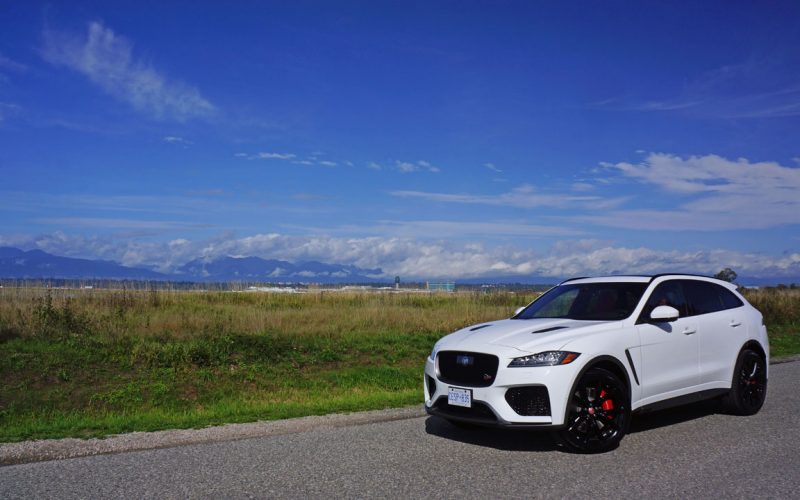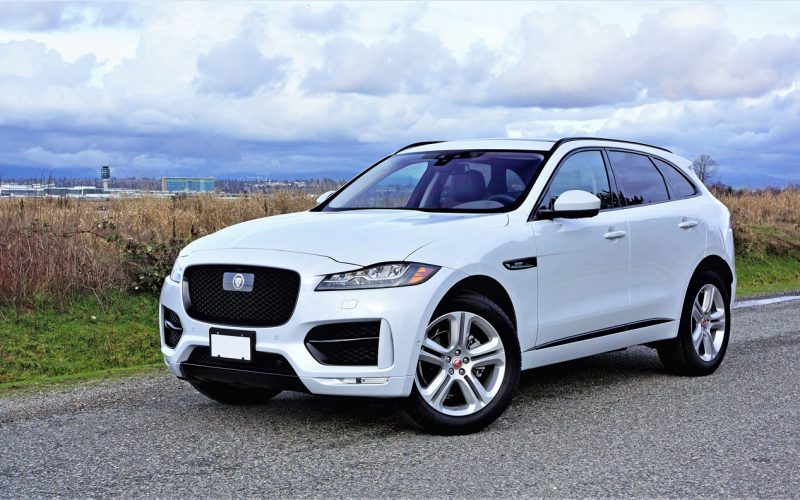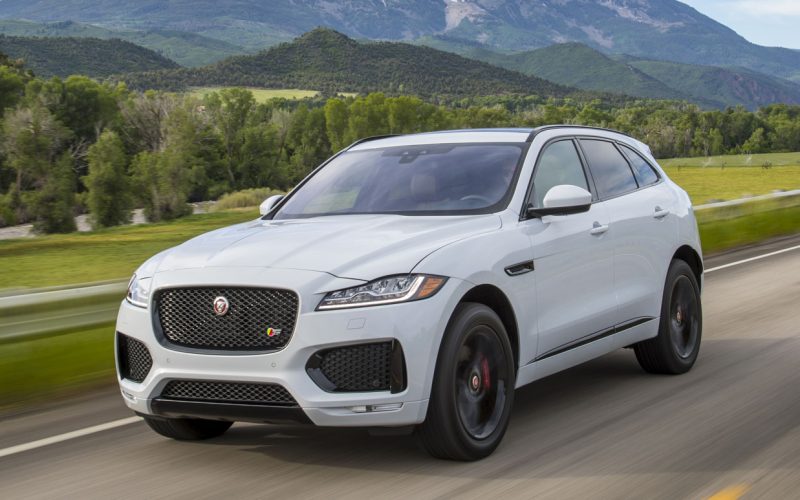
Reading Time: 13 minutesMy goodness this thing is insane! The power, the outrageous sound of the supercharged V8’s sport

Reading Time: 11 minutesWhen your head spins and eyes peel to catch a glimpse of the fabulous looking new

Reading Time: 5 minutesJaguar made news last year by introducing its formidable and efficient new gasoline-powered Ingenium turbocharged and
© 2025 The Car Magazine. All Rights Reserved, Privacy Policy | Terms of Use